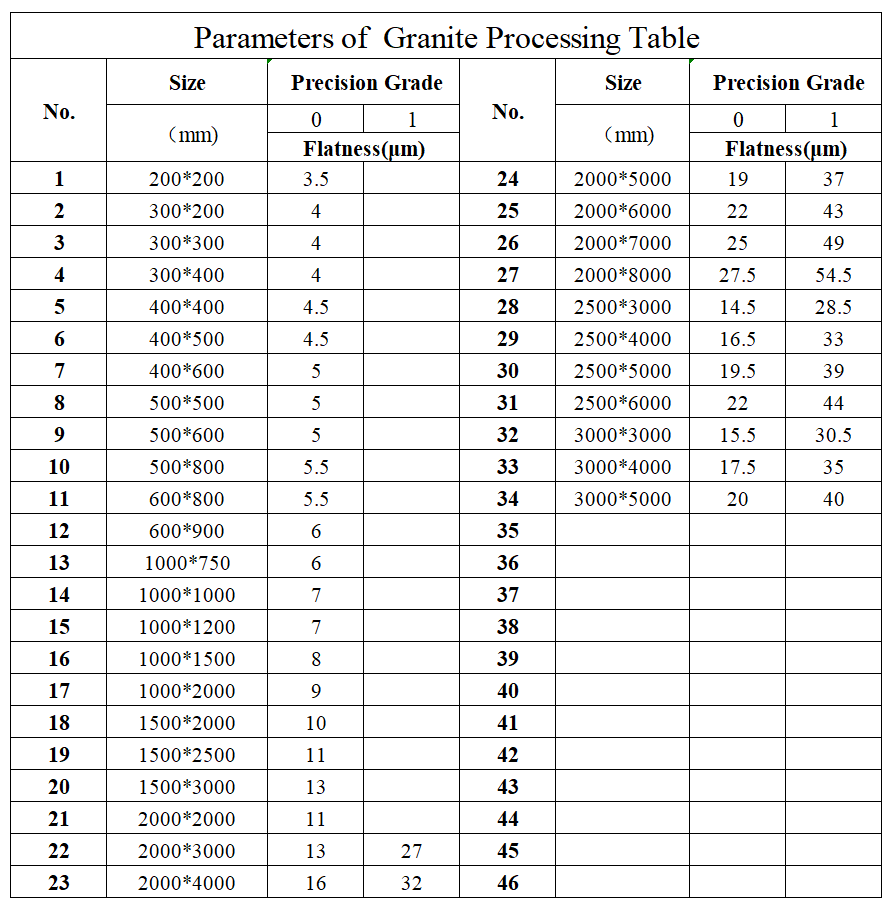Nov . 09, 2024 05:08 Back to list
Understanding the Pin Gauge Measurement Technique and Its Applications in Precision Engineering
Pin Gauge Measurement Method A Comprehensive Overview
The pin gauge measurement method is a widely utilized technique in the realm of dimensional metrology. It plays a critical role in ensuring the accuracy and reliability of measurements in various industrial applications, particularly in manufacturing and quality control environments. This article delves into the principles, applications, advantages, and limitations of the pin gauge measurement method.
Understanding Pin Gauges
Pin gauges are precisely manufactured cylindrical tools that serve as standards for measuring hole diameters and the size of features in mechanical components. They come in various sizes and are often made of high-quality steel or carbide, ensuring durability and resistance to wear. Pin gauges can be categorized into two main typesGo and No-Go. The Go gauge is designed to fit into a hole or feature, while the No-Go gauge should not fit. This binary approach allows for quick and accurate checks on whether a specified dimension is met.
Principles of the Pin Gauge Measurement Method
The pin gauge measurement method operates on the fundamental principle of checking the dimensional limit of a feature. When a hole or opening is to be measured, the Go gauge is inserted to determine if the feature is within tolerance; if it fits, the dimension is acceptable. Conversely, the No-Go gauge is used to ensure that the hole does not exceed the maximum allowable dimension. The effectiveness of this method hinges on the precise calibration and manufacturing of the pin gauges themselves, which are typically produced to very tight tolerances.
Applications
The pin gauge measurement method finds applications across various sectors, including automotive, aerospace, and general manufacturing. In these industries, it is commonly used for
1. Quality Control Pin gauges are integral in the production line, where they assist in checking the dimensions of drilled holes, as well as other critical features of components to ensure they meet specifications.
2. Tool Making In tool shops, pin gauges are frequently employed to verify the size of tooling and fixtures, thereby ensuring that they function correctly within assembly lines.
pin gauge measurement method

Advantages of the Pin Gauge Measurement Method
One of the primary advantages of the pin gauge measurement method is its simplicity. The Go and No-Go system allows for quick visual checks without the need for complex measurement instruments. Furthermore
- Cost-Effective Pin gauges are relatively inexpensive compared to more intricate measuring instruments, making them an accessible option for many businesses. - Portability Their compact size makes pin gauges easy to carry and use in various locations, from factories to work sites.
- Reliability When properly maintained, pin gauges provide consistent and repeatable measurements.
Limitations
Despite its many advantages, the pin gauge measurement method is not without limitations. One of the primary concerns is
- Limited Scope Pin gauges are generally only suitable for measuring diameters and simple features. They do not provide information on surface finish or complex geometries.
- User Skill The accuracy of the results relies on the user's skill and experience. Incorrect use can lead to erroneous conclusions.
- Wear and Tear Over time, pin gauges may wear down or become damaged, necessitating regular calibration and replacement to maintain precision.
Conclusion
In conclusion, the pin gauge measurement method is an essential tool in the field of dimensional measurement, offering a straightforward and effective means to ascertain the size of holes and features in a variety of industrial applications. While it possesses certain limitations, its advantages in terms of cost-effectiveness, portability, and reliability make it a staple in quality control and manufacturing processes. By understanding and effectively utilizing pin gauges, industries can ensure higher standards of quality and precision in their operations, ultimately leading to improved product performance and customer satisfaction.
-
Why Metric Trapezoidal Thread is Ideal for Precision Motion ControlNewsAug.05,2025
-
The Unique Properties of a Block of Granite for Industrial UseNewsAug.05,2025
-
The Role of Flanged Y Strainers in Preventing Pipeline ClogsNewsAug.05,2025
-
The Importance of Regular Calibration for Master Ring GagesNewsAug.05,2025
-
How a Cast Iron Surface Table Enhances Accuracy in ManufacturingNewsAug.05,2025
-
Comparing Different Check Valve Types for Optimal Flow ControlNewsAug.05,2025
Related PRODUCTS









